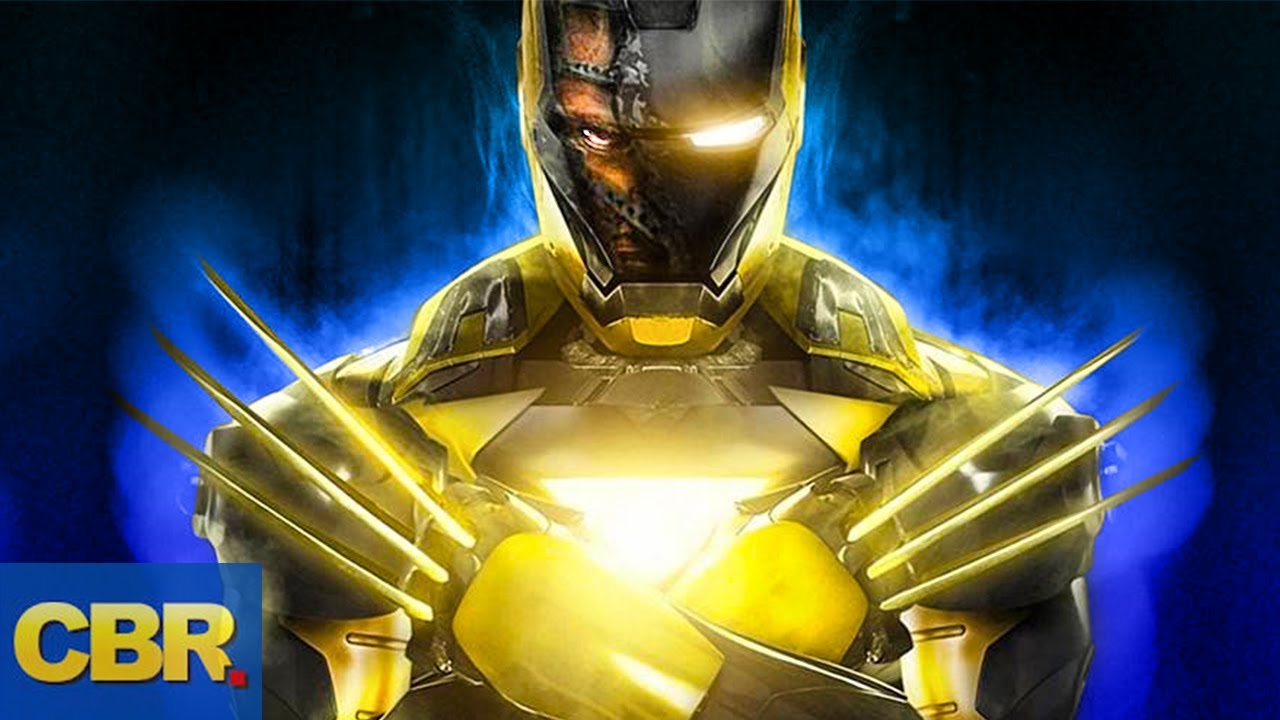This Red Dead Redemption 2 Theory Explains Dutch’s Behavior | CBR
Dutch is one of the most interesting characters in the Red Dead Redemption series. Now, a fan theory may help explain his dramatic transformation.
WARNING: This article contains spoilers for the plot of Red Dead Redemption 2.
Dutch van der Linde is one of the most complex characters in Rockstar’s Red Dead Redemption series. A gang leader who preaches ideals of freedom and loyalty, Dutch is a father figure to series protagonists John Marston and Arthur Morgan. Unfortunately, Dutch also has a dark side, and his chaotic nature leads to him serving an antagonistic role in both Red Dead Redemption and its prequel. A theory by Reddit user JaysonLloyd, posted to the subreddit r/FanTheories, seeks to expand on Dutch’s complex and heartbreaking character arc.
Continue scrolling to keep reading
Click the button below to start this article in quick view.
The theory begins by establishing that Dutch, in the first few chapters of Red Dead Redemption 2, is a truly kind and just leader. This is shown by Dutch’s desperation to rescue those who were lost during the failed Blackwater heist, including John Marston, Micah Bell and Sean MacGuire. JaysonLloyd also cites examples of Dutch’s bravery, such as when he personally leads the assault on the Braithwaite manor in the mission “Blood Feuds, Ancient and Modern.”
JaysonLloyd then goes on to explain how Chapter Four marks a major turning point in Dutch’s behavior. The moment towards the end of the chapter when he feeds mob boss Angelo Bronte to an alligator when Bronte is powerless to defend himself, begins the decline of Dutch’s relationship with Arthur. Then, in Chapter Five, Dutch kills an old woman with little justification except claiming she was going to betray them, an act which Arthur heavily criticizes. He also abandons an imprisoned John Marston to be executed, forcing Arthur to go behind Dutch’s back to rescue him.
This gradual decline of Dutch’s rational behavior culminates in the game’s finale, when Micah convinces Dutch to side with him against John and Arthur. Dutch attempts to kill the two men that he once considered his sons, and later refuses to help Arthur in his final struggle against Micah. Dutch walks away from the battle, only reappearing in the game’s epilogue to wordlessly gun down Micah.
While Dutch’s character appears to experience a rather sharp decline into casual violence and paranoia, JaysonLloyd’s theory provides a plausible explanation. In the Chapter Four mission “Urban Pleasures,” Dutch plans to rob a trolley station with Arthur and Lenny. The job naturally goes south, and eventually the trolley that the trio are riding in violently crashes. While Arthur and Lenny sustain minor injuries, Dutch suffers a serious head wound and appears dazed for the remainder of the mission.
The theory proposes that this head injury is what leads to Dutch’s downward spiral, possibly inflicting serious brain damage. The game draws attention to Dutch’s injury, with Arthur and Lenny both acknowledging something is wrong directly after the crash and in the shoot-out that occurs afterwards. “Urban Pleasures” occurs only two missions before “Revenge is a Dish Best Eaten,” the mission where Angelo Bronte is drowned and fed to an alligator, supporting the theory. It is also believable that brain damage could go undiagnosed and untreated in the late 1800s, especially for a notorious outlaw who tries to avoid drawing attention to himself.
However, there is also evidence to suggest that Dutch’s decision-making was always askew even before the trolley crash. His supposed goal of heading west towards freedom with the gang, stated many times throughout the game, is frequently called into question by his actions. He continuously moves the gang further east instead of west, often to Arthur’s objection, perhaps to ensure that they still require his leadership. Dutch’s now-infamous claims that he “has a plan” for reaching freedom are constantly undercut by his unpredictable behavior. This pattern did not simply appear after the trolley crash, but is consistently portrayed from the game’s very first chapter.
Appropriately, the characters in Red Dead Redemption 2 also question whether Dutch’s downfall came from a mental degradation or simply the exposure of his true nature. In the Epilogue mission “An Honest Day’s Labors,” John and Sadie discuss Dutch’s actions throughout the game. Sadie claims that the game’s events changed Dutch and that he had become a different man, while John believes Dutch was a fraud who was eventually revealed for who he truly was. Neither character is explicitly correct, and both have valid support for their opinion.
Dutch’s decline from charismatic father-figure to chaotic murderer is one of the great tragedies in the Red Dead Redemption series. JaysonLloyd’s theory provides an interesting explanation for the seemingly rapid shift in personality for the character, one that fits the game’s Wild West setting. The idea that the trolley crash gave Dutch brain damage is equally as valid as the different explanations provided by the game’s main characters.
Keep Reading: Red Dead Redemption’s Bigfoot Mission Is Gaming’s Most Tragic Side-Quest
Infinity War: Why Dr. Strange Didn’t Teleport Everyone from Titan to Wakanda
About The AuthorThomas McNulty is an avid reader, writer, player and watcher from New Jersey. Fresh out of college he is thrilled to be writing for CBR, doing what he loves and immersing himself in topics that are near and dear. Movies, TV shows, video games and books are personal passions, and the chance to write about them is a dream. He is committed to delivering accuracy with every article.
More About Thomas McNulty



